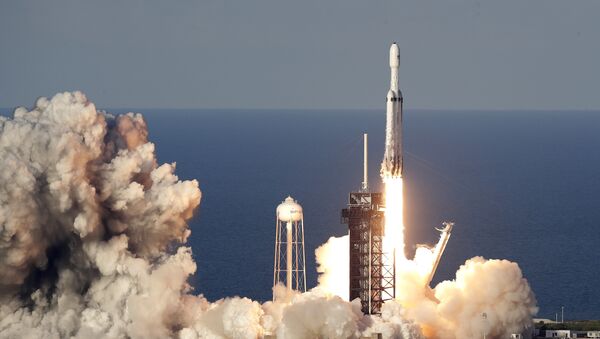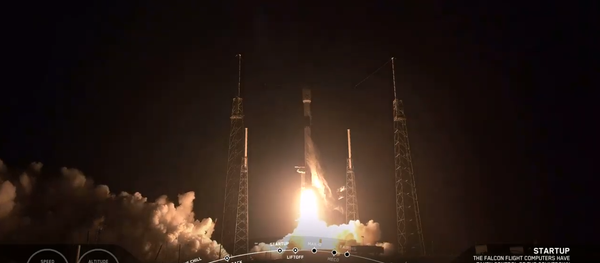Astronomers are gravely concerned that satellite clusters may soon block out our view of the stars, putting an end to stargazing, according to the New York Times.
While entrusted with the much-needed task of helping deliver internet connectivity to remote and rural areas, these man-made constellations of satellites may have the adverse effect of cluttering up the sky for good.
Alex Parker, a planetary astronomer and the director of the Project for Exploration Science Pathfinder Research for Enhancing Solar System Observations (ESPRESSO), has been raising the alarm regarding the brightness of Starlink satellites in particular.
I know people are excited about those images of the train of SpaceX Starlink satellites, but it gives me pause.
— Alex Parker (@Alex_Parker) May 25, 2019
They’re bright, and there are going to be a lot of them.
If SpaceX launches all 12,000, they will outnumber stars visible to the naked eye.
“I know people are excited about those images of the train of SpaceX Starlink satellites, but it gives me pause,” he wrote on Twitter.
“They’re bright, and there are going to be a lot of them. If SpaceX launches all 12,000, they will outnumber stars visible to the naked eye.”
Referencing a model he produced, Parker explained that as many as 500 Starlink satellites will be visible during a midsummer’s midnight in Seattle.
Another expert, Carlos Niederstrasser, a rocket scientist and master systems engineer at Northrop Grumman, offered his own analysis, claiming as many as 18 satellites would still be visible at midnight in some high altitude locations.
Astronomer Tyler Nordgren told the New York Times that Starlink and other satellite constellations have “the potential to change what a natural sky looks like”.
In SpaceX’s Starlink satellites, the operating solar panels deliver a reflection of the sun’s light back to Earth – something company CEO Elon Musk sought to allay fears over, insisting they are programmed to go dark when stars are visible.
But he was also rather dismissive of the complaints.
There are already 4900 satellites in orbit, which people notice ~0% of the time. Starlink won’t be seen by anyone unless looking very carefully & will have ~0% impact on advancements in astronomy. We need to move telelscopes to orbit anyway. Atmospheric attenuation is terrible. pic.twitter.com/OuWYfNmw0D
— Elon Musk (@elonmusk) May 27, 2019
“There are already 4900 satellites in orbit, which people notice [about] zero percent of the time,” he wrote on Twitter.
“Starlink won’t be seen by anyone unless looking very carefully & will have [about] zero percent impact on advancements in astronomy.”
Many have been expressing doubts, however.
A Spaceweather.com report claims SpaceX vessels create light flares 50% brighter than Sirius, the brightest star in the sky.
Moreover, the Starlink constellation of satellites is not the only one of its kind. There are plans to build similarly-large internet clusters being conceived by companies like OneWeb, Samsung, and Boeing, with Facebook and Amazon, which are reported to be tentatively exploring the idea.
Thus, in the foreseeable future the sky above us will grow crowded with satellites, with the devastating results visible to more than just astronomers.



